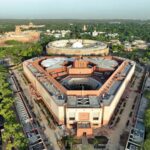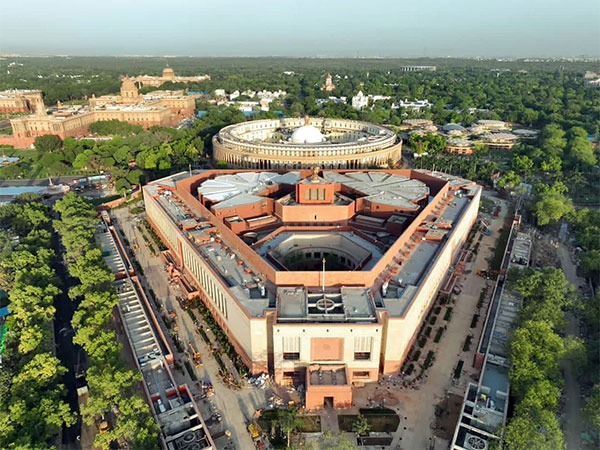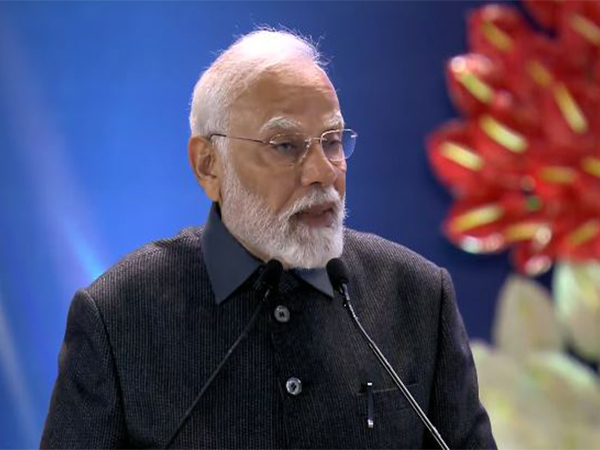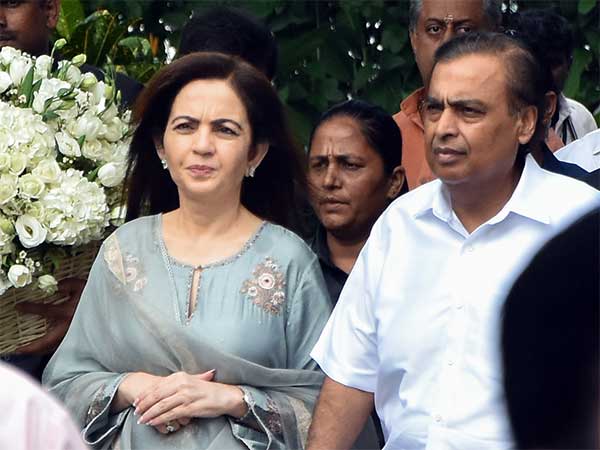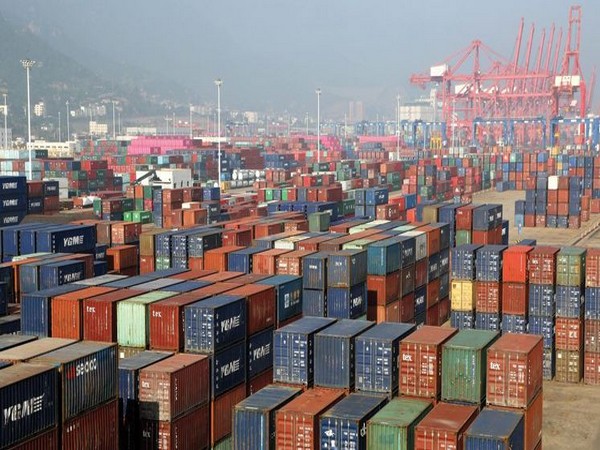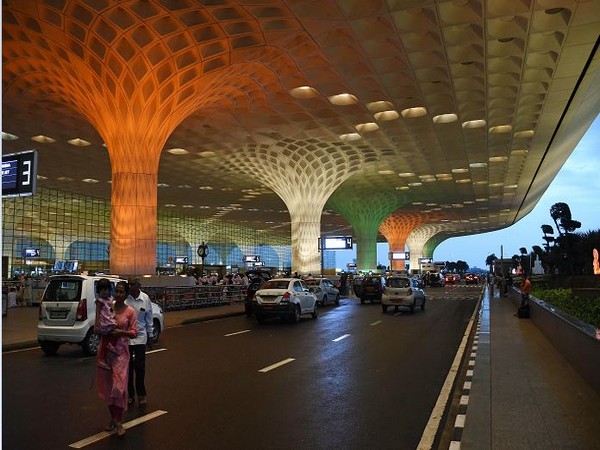
Jammu (Jammu and Kashmir) [India], June 13 (ANI): Over two crore pages from 3.50 lakh physical files of various government offices in Jammu and Kashmir have been converted into digital format and uploaded into the new e-office project implemented by the Union Territory’s Civil Secretariat.
This was done after the Jammu and Kashmir administration, in the light of the Covid-pandemic, passed an order to suspend this year its bi-annual ‘Durbar Move’ the practice of shifting the entire government machinery in the summer months (May-October) to Srinagar and in the winter months (November to April) back to Jammu.
This practice has been in vogue since pre-independence years and was reportedly started in the 19th century by Ranbir Singh, the Maharajah of Jammu and Kashmir, who wanted to escape extreme weather conditions.
The ‘Durbar move’ entailed hundreds of trucks being loaded with furniture, files, computers and other paraphernalia of the government machinery.
“Every year, the capital of the Jammu and Kashmir is shifted to Jammu during winter and to Srinagar during the summer. All the files with officials were physically moved from one capital to another during the darbar move in at least 300 trucks,” PK Pole, the Divisional Commissioner of Kashmir told ANI.
“For the first time, the files have been digitalised and have been put in the e-office mode. The files are now available both at Jammu and Srinagar offices. This is important for the developmental project,” Pole stated adding that the process will now continue as earlier when the secretariat was functioning from Jammu, activities in Srinagar remained at standstill and vice-versa.”
“Migrating to e-Office and e-Files has eliminated the requirement of sending truckloads of physical files from one department to another facilitating simultaneous functioning of civil secretariats at both Jammu and Srinagar profoundly making the system faster, substantially reducing the overhead costs, saving huge resources, increasing efficiency, and transparency,” a statement by the Jammu and Kashmir administration said.
The UT’s Information Technology Department with NIC, e-Governance Agency, and State e-Mission Team (SeMT) have successfully implemented the e-Office by scanning and digitizing 3.50 lakh files of the secretariat.
The 148-year-old tradition exercise done twice in a year has been under criticism because of the huge costs to the exchequer, approximately Rs 130 crore for one-way movement and inadvertently results in the creation of gaps in public service delivery and sometimes defeating the sole purpose of providing succour to people in both regions of the UT.
“E-office implementation this year has made the Darbar Move exercise more customary as only a few files containing sensitive records were taken from Jammu to Srinagar this summer as part of the annual exercise. The UT administration’s offices in the civil secretariat have completely switched over to e-an office which has obviated the requirement of physical movement of files/records from Jammu to Srinagar and vice versa,” an official of the administration said.
This exercise has drawn severe criticism from across the board for the huge wastage of resources, which otherwise may very well be utilized for public benefit in the UT that has mostly remained cash strapped and dependent on the central government funding for various developmental projects.
More so, in 2020, a division bench of the Jammu and Kashmir High Court, comprising then Chief Justice Gita Mittal and Justice Rajnesh Oswal observed that there was no legal justification or Constitutional basis for the 148-year-old tradition.
The court had pointed that the practice has resulted in wastage of a tremendous amount of time, effort and energy on inefficient and unnecessary activity, the court observed that valuable resources cannot be diverted to non-essential use when the Union Territory is unable to provide even basic essentials to its people. (ANI)


